An advanced technology of tegole solari promises us that the long journey to the world of sustainable living will lead us to a power infrastructure more beautiful and unobtrusive yet as immersive. In the following paragraphs, we will investigate the anatomy of the tegole solari technology uncovering their underlying simplicity that will one day make solar energy appear as the natural choice. We will teach you the ins and outs of tegole solari for your convenience discovering the things that matter to you — because the future of the planet is fundamentally personal.
Table of Contents:
– Understanding tegole solari and their technology
– The efficiency of tegole solari compared to traditional solar panels
– Installation and maintenance: What to expect
– Cost-benefit analysis of adopting tegole solari
– The future of renewable energy with tegole solari
Understanding tegole solari and their technology
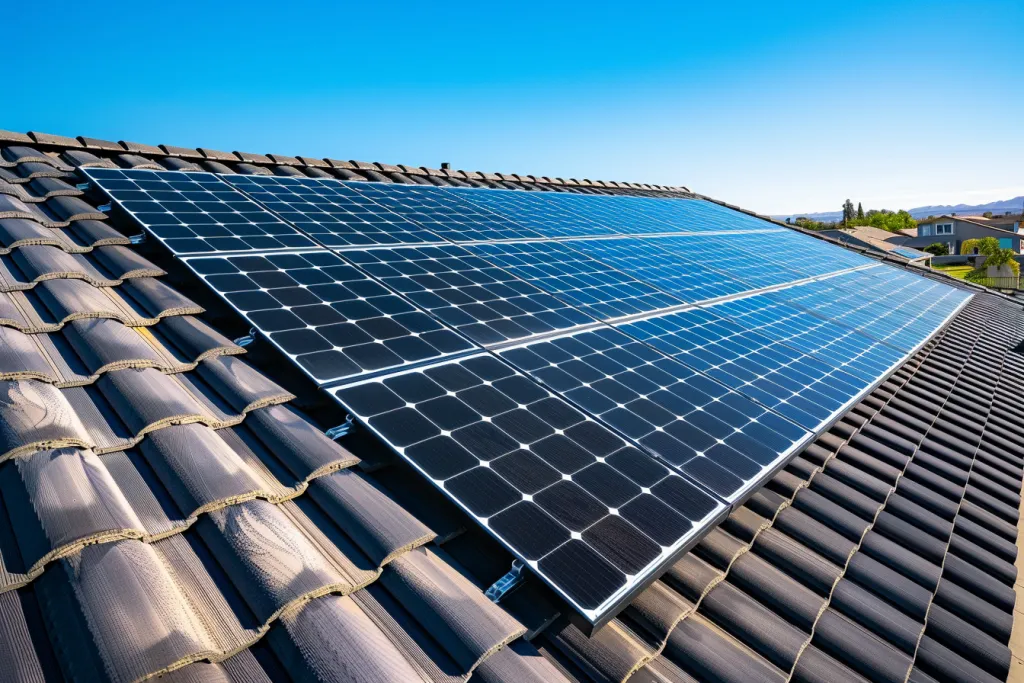
Tegole solari simply means solar tiles, or roofing tiles with photovoltaic technology. Tegole solari are not bulky photovoltaic panels that you need to find a place for, but light tiles, whose technology and shape can adapt to the style of your house. They. Are. Pretty. This is the real difference between traditional photovoltaic panels and tegole solari: the same photovoltaic cell technology in the end, but the first are big, bulky, expensive, and demand they be in the sun all day to be efficient; the second are not even visible to human go back to the concept of ‘instantaneous’ photovoltaic roofs.
And it is not just an aesthetic innovation. Tegole solari are also the latest in solar technology. Each tile is self-contained and can therefore capture and convert solar energy all by itself. If a tile gets shaded or damaged, the impact on the system as a whole is minimal. This principle of modularity not only makes the system more durable but also easier to repair and maintain.
Furthermore, environmental benefits come from tegole solari who generate free time being made of recyclable, sustainable materials that have been designed with the building’s lifecycle at the forefront of their creation. The processes of production are constantly made more planet-friendly, so that they become green both in form and function.
The efficiency of tegole solari compared to traditional solar panels
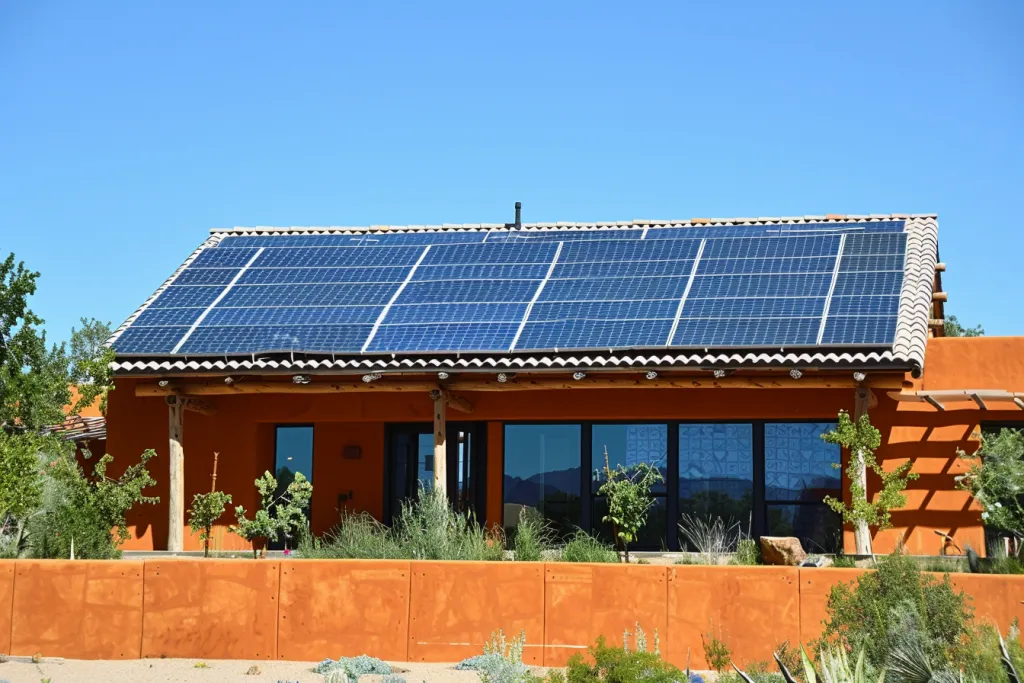
Efficiency is a main point to take into consideration in case of solar energy. There are nowadays many solid options on the market for solar panels. Among these, we can talk about tegole solari by saying that they are getting more and more competitive in this sense. The efficacy of a solar solution is measured by the amount of electricity which it can produce by converting sunlight.
Up to now, the clear leader among the different options available were traditional panels. However, tegole solari are catching up thanks to progresses in photovoltaic technology and materials.
Tegole solari can be easily fitted to virtually any roof, no matter the slope or shape, using the space that would otherwise be lost to flashing, thus making full use of every square inch of roof space available for energy generation. Additionally, the way tegole solari are designed reduces the risk of shade on any single tile, as each one operates autonomously.
Although, admittedly, this will vary enormously, depending on latitude, roof orientation, and the exact design and technology of the tiles. Homeowners should do their due diligence, and weigh up the potential energy output of tegole solari against their aesthetic benefits, in order to understand whether they represent a good energy solution for them.
Installation and maintenance: What to expect
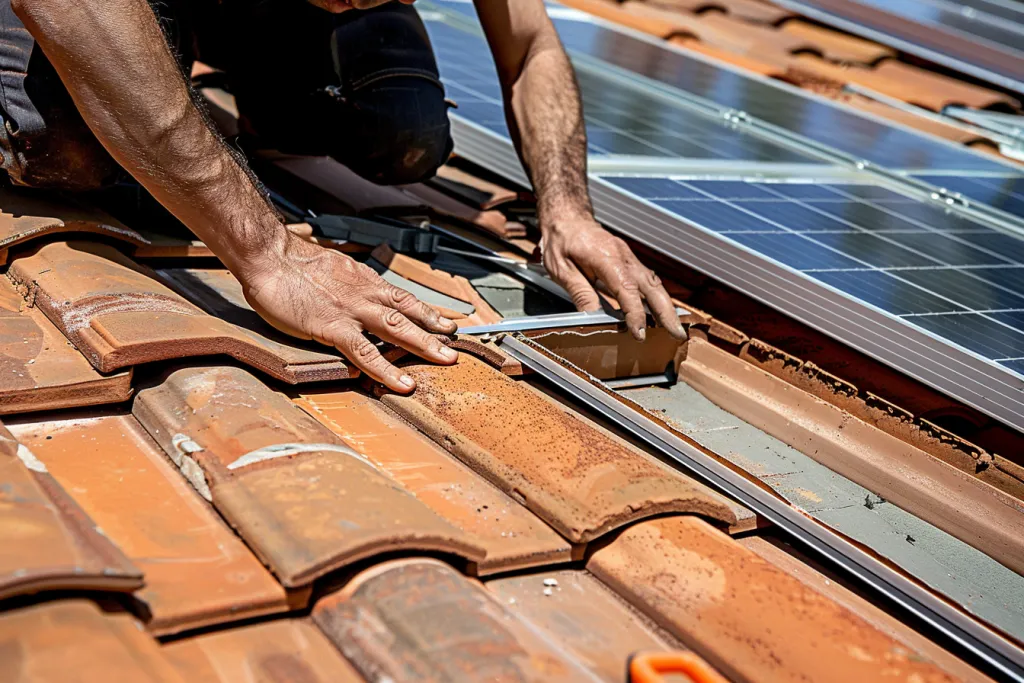
Tegole solari come with a certain level of installation and maintenance consideration. Luckily, the industry has come a long way in making sure that each aspect of the decision tree is as user-friendly as possible. Tegole solari generally require a professional installation, as they involve both the placement of the tiles and the integration of the electrical system. However, many users find the process to be surprisingly smooth thanks to the modular nature of the tiles and the experience of installers in solar technology.
And recent enhancements in tegole solari maintenance mean that the tiles can cope with extremes of hot or cold weather, including snow and ice. Routine maintenance consists mainly of cleaning, to remove any dirt or debris that might impede the tiles’ functionality. If tiles get damaged, the modular design means that each can be replaced separately, without disturbing the rest of the roof.
Cost-benefit analysis of adopting tegole solari
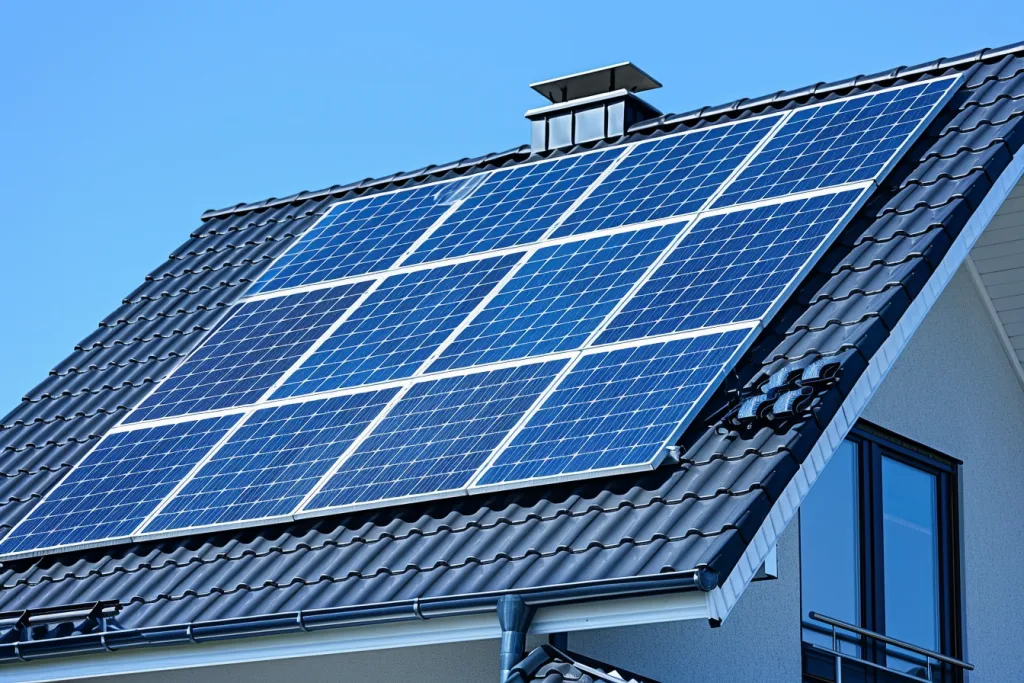
The initial cost of tegole solari can be higher than the cost of traditional roofing materials or even regular solar panels, but this must be weighed against the long-term benefits: it is a money-saving investment especially if one considers the energy savings over time, and any possible government incentives to adopt renewable energy.
Second, they are beautiful, which leads to an indirect financial benefit: they could be a way to increase one’s property value. This is not far-fetched: as the collective environmental awareness of the population grows, one can foresee that homes with tegole solari – and more generally, with solar solutions that are aesthetically integrated in the home – could become more attractive to prospective buyers and renters. When we account for the price of tegole solari, it’s worth remembering that we must also include the reduced environmental impact, as this is one benefit that is not directly financial, but that is more and more relevant to home-owners.
The future of renewable energy with tegole solari
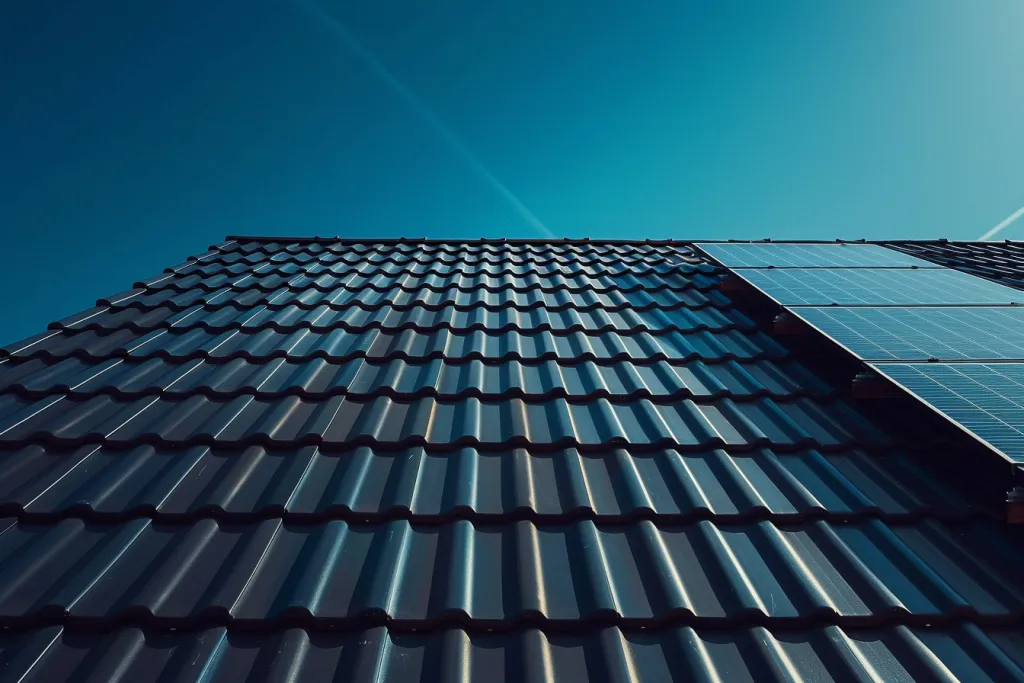
The future of tegole solari seems promising as well. Scientific research in photovoltaic technologies and materials science are leading to new world records in terms of efficiency and lower cost of production, and public sentiment on climate change should continue to push renewable energies to the forefront of the energy industry.
Tegole solari are also being made with smart chips that can be integrated into smart home systems, where they would communicate with their home, coordinating energy use, storage and selling power back to the grid. They could thus become a source of power in the energy ecosystem.
Conclusion:
Tegole solari are the perfect answer for those who want to have renewable energy but not at the expense of their homes’ beauty. Once one has determined how the system works, how it’s efficient, how to install it, and how to maintain it, and also performed a cost-benefit analysis, one can then decide to use such a system. The technology is certainly evolving, and likewise the architectural world should evolve with it in order to incorporate tegole solari and other green home systems into our lives and homes in a more integrated fashion than currently exists. Tegole solari can have a very important future for a greener world.




